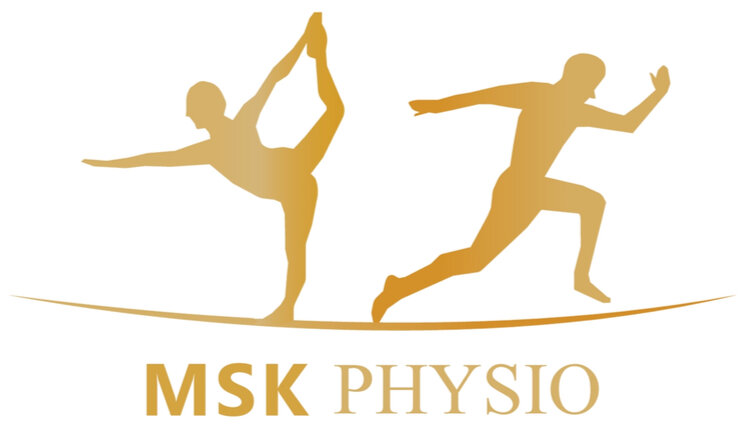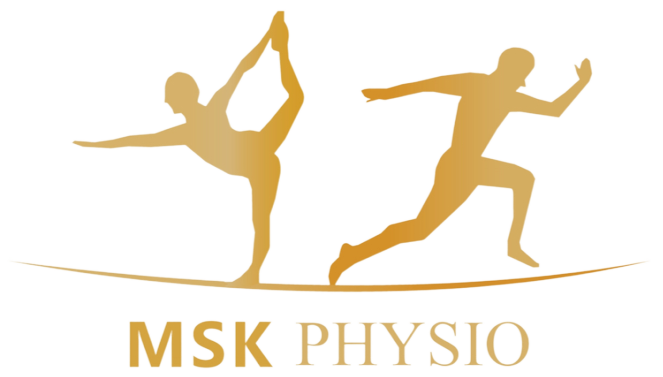Understanding Meniscus Injuries
Meniscus injuries are common, often occurring during sports (usually seen in team sports such as basketball, football, netball, individual sports such as tennis, badminton, skiing and combat sports) or activities that involve twisting or rotating the knee. Understanding the causes, symptoms, and treatment options is crucial for tailored management and recovery. The meniscus is a c-shaped cartilage in the knee, which plays an important role in cushioning and stabilising the knee joint. However, it's susceptible to tears. In this blog, we'll delve into the causes, symptoms, and treatment options for meniscus tears to help you better understand this common knee injury.
Causes:
Sudden twisting or rotation of the knee.
Direct impact to the knee, such as during a tackle in sports.
Aging and degeneration, which weaken the meniscus over time, making it more prone to injury.
Symptoms:
Pain, usually when twisting or rotating the knee.
Swelling and stiffness.
Difficulty fully straightening the knee.
A popping sensation at the time of injury.
Continued clicking/cracking (crepitus) post injury.
Limited range of motion.
Giving way at the knee.
Catching or locking at the knee.
Treatment:
The goal of early stage treatment: Reduce inflammation and restore basic, pain-free range of motion (ROM). How: P.R.I.C.E. (Protect, Rest, Ice, Compression, Elevation) in the early stages. Gentle, passive range of movement exercises. Non-weight-bearing exercises and moving onto gentle strengthening.
The goal following early stages of treatment: Strengthening the muscles surrounding the knee to act as a “dynamic brace”. Key muscle groups to focus on: Quadriceps (especially Vastus Medialis Oblique (VMO), Hamstrings, and Glutes.
The goal of treatment following the strengthening phase has started: Preparing the knee for the higher demands and daily activities, work, and working towards a return to sport/activity. Exercises to include: Balance/Proprioception training (single-leg stance, wobble boards etc…). This phase of rehab is tailored to the individual's sport or activity.
Please consultant a Physiotherapist for an in-depth assessment and tailored rehabilitation plan. During our physiotherapy initial appointment we will be able to perform a detailed physical assessment to understand which structures are involved (ligaments, other cartilage, muscle imbalances) and determine the cause of the issue or pain. We can then set up a plan working on the issues presented including hands on treatment, rehabilitation exercises and patient education.


